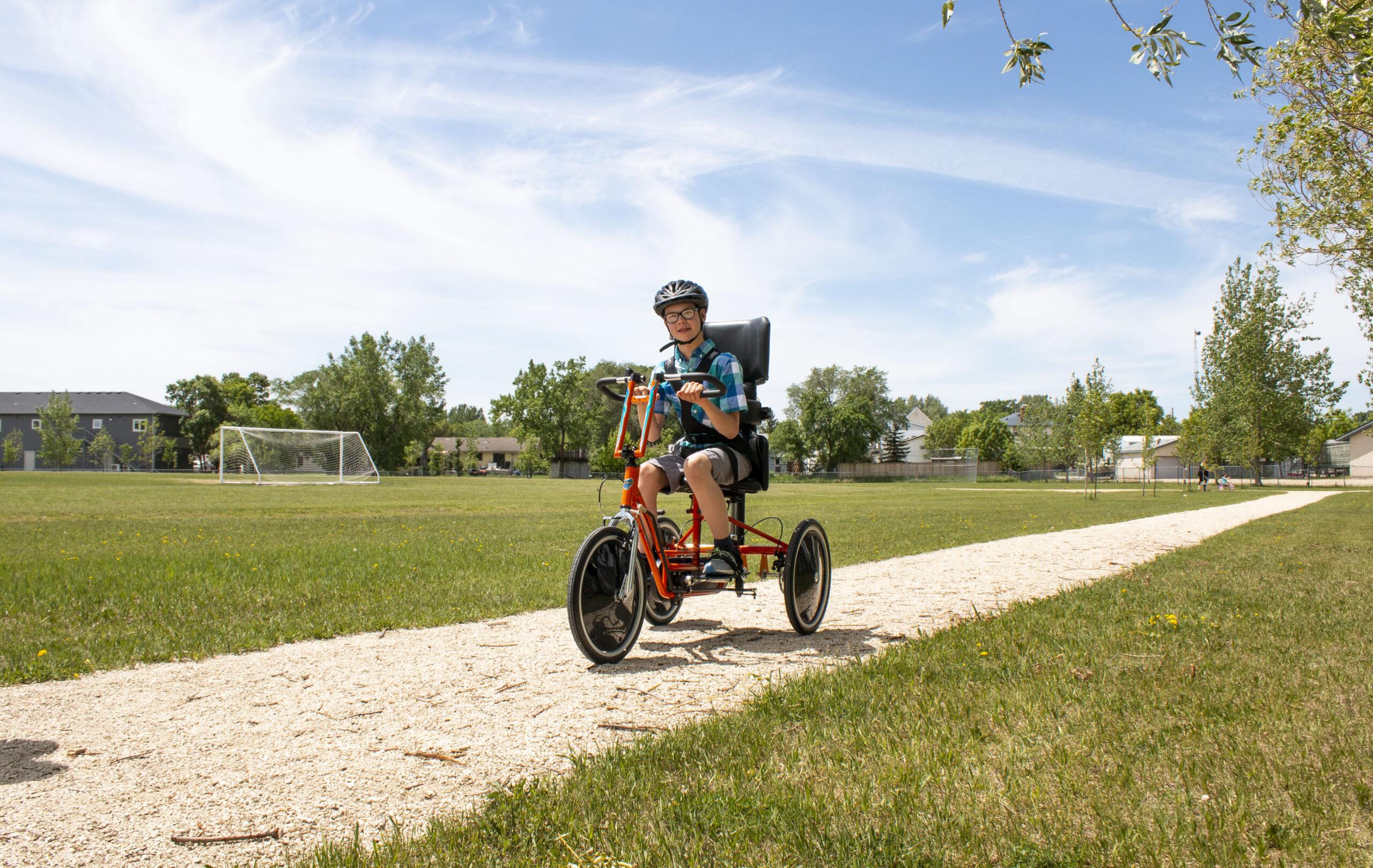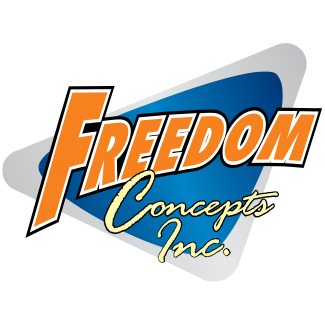Medical Justification
The client’s diagnosis, specific impairments resulting from the patient’s diagnosis, and how the device will address or benefit the specific diagnosis and resulting impairments are information that insurance providers require. You must additionally provide a written explanation of the diagnosis along with the applicable code in the letter. To facilitate the approval process, describe how the device or equipment you are requesting can improve the patient’s impairments. Also, emphasize the long-term benefits as they are very important.

Tips and Information to Provide in the Letter of Medical Necessity:
Letter of Medical Necessity Structure:
The client’s diagnosis, specific impairments resulting from the patient’s diagnosis, and finally how the device will address or benefit the specific diagnosis and resulting impairments are information that insurance providers require. Additionally, you must provide a written explanation of the diagnosis along with the applicable code in the letter. To facilitate the approval process, describe how the device or equipment you are requesting can improve the patient’s impairments. Also, emphasize the long-term benefits as they are very important.
These benefits of an adaptive bike could include:
- Improved range of motion
- Proper hip-to-foot positioning
- Development of balance and postural control
- Improved motor planning
- Increased blood circulation
- Fitting process ensures natural hip positioning
- Strengthening of anti-gravity muscles
- Improved hand and eye coordination
- Develop respiratory conditioning and muscle tone
- Improved bone density
- Enhanced head and trunk control
- Progressed reciprocal movements of lower extremities for gait
- Improved endurance
- Advances in overall mobility
Include a description of the device and justify why each accessory and feature is necessary to meet the patient’s requirements. Subsequently, Freedom Concepts will provide a quote that lists these accessories. A well-written letter of medical necessity should explain why an off-the-shelf purchase cannot successfully be adapted to meet the client’s needs or what unique benefits this equipment offers.
Keep in mind that insurance providers are usually seeking medical necessity. Therefore the letter should clearly define the following points:
How does the piece of equipment do the following?
- Addresses the client’s medical needs
- Improves the client’s impairments which are a result of the patient’s diagnosis
- Reduces the impact of the client’s physical or mental disability
- Restores the client’s best possible functional level or improves their capacity for normal activity
The physician or therapist must provide a sufficient medical justification for why the equipment is necessary for the client’s treatment or rehabilitation. The justification should primarily focus on medical information and avoid mentioning any social, psychosocial, or leisure benefits. Additionally, it is crucial to mention that the client has successfully tested the product.
Obtaining the Letter of Medical Necessity:
Insurance providers mandate that a medical professional write and a physician who has seen the child within the last 6 months sign all letters of medical necessity. The letter can be written by a physical therapist or occupational therapist and signed by the physician or conversely, the physician can write the letter, and additional supporting letters can be included from the physical and/or occupational therapist. The requirements may vary depending on the state. The primary medical provider must provide their name, title, clinic and facility information, their NPI (National Provider Identification) number, and their signature on their documents for it to be recognized by insurance providers.
If a Physical Therapist or Occupational Therapist writes supporting letters of medical justification, they must also include a brief concurrence statement at the end of the letter from the primary medical provider. The primary medical provider’s name, title, clinic and facility information, NPI number, and signature must also be provided for this to be recognized by insurance providers.
To obtain funding for equipment from an insurance provider, you need to provide a well-written letter of medical necessity that contains the necessary components most insurance companies require. This letter not only increases the possibility of approval and expedites the process, but it can also establish a foundation for an appeal in the event of a denial. A medical professional must write the letter, outlining why the adaptive equipment is medically necessary. Thus having both an Occupational Therapist and a Physical Therapist work on the letter can be advantageous.
Additional Information to Include:
You must include a prescription for the adaptive equipment. The prescription should be clear, legible, and include the following information:
- Equipment requested.
- Signature of the physician who wrote the letter.
- State the ICD code(s) on the prescription.
- Include the physician’s NPI number if they have one.
